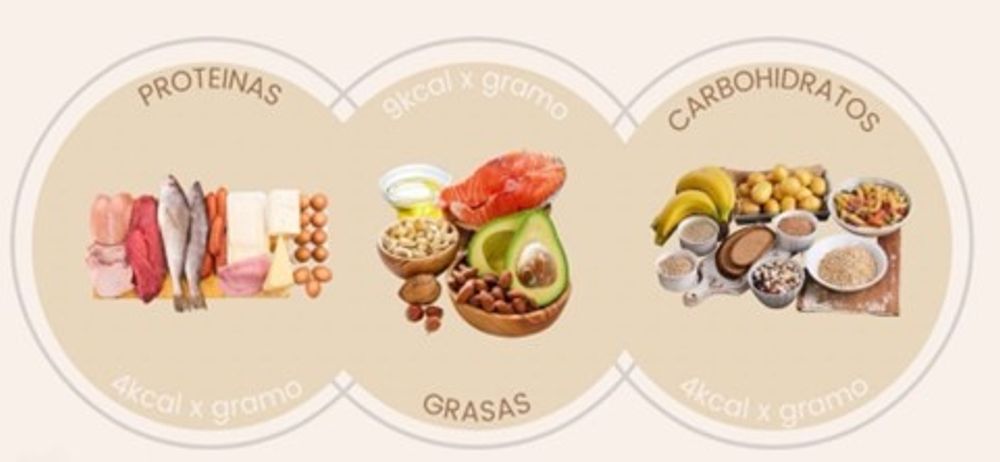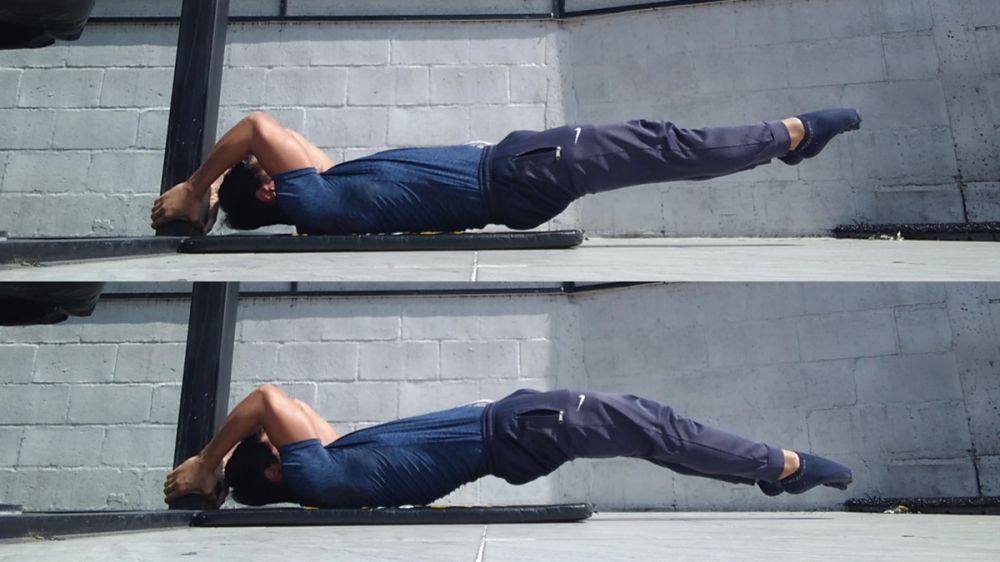
Macronutrients: What They Are, Types, and How They Influence Athletic Performance
Learn all about macronutrients: their roles, types, and the importance of nutrient timing for sports performance. Read our complete guide for athletes.

In past articles we have talked about how many sets to do to gain muscle mass, how many repetitions and with what load, what cadence of movement to use etc.
But all this is of no use if the sets we do are not what is known as effective sets. So in this article I want to make it perfectly clear to you what effective sets (and repetitions) are and what they are not, so that your workouts really help you achieve results.
We are going to see practical examples from real life in which I will explain my case and that of my friend Ana, so that you can see the difference between effective sets in someone advanced and in someone intermediate/beginner.

In a context of gaining muscle mass, current evidence tells us that we should work in a repetition range between 6 and 20 to optimize results. But the condition is that in that repetition range you reach at least 80% of your capacity, which means that you must be quite close to your failure in that repetition range.
This is what effective sets for hypertrophy consist of, sets in which you reach failure or close to it with a number of repetitions between 6 and 20. And within these sets, those last repetitions in which you are already close are considered effective repetitions. In those reps you are close to your limit and the execution speed drops due to muscle exhaustion.
Take in consideration that this is in a context of relatively long rests between sets, around or 3 minutes for complex multi-joint exercises, and between 1 and 2 minutes for single-joint exercises. If you reach failure with short rests, we would be talking about resistance work, rather than muscle mass gain.
Let's start with an exercise as classic as push-ups. In my personal case, if I do 20 push-ups I am nowhere near my muscular failure, I am probably not working at even 50% of my capacity. Therefore, for me a set of 20 push-ups would not be effective for hypertrophy work. I would have to look for more difficult variants (as we will see below), add weight or modify the cadence so that the intensity increases, to see if I get closer to failure in that desired range of between 6 and 20 repetitions.

That said, you have to keep in mind, both with this and the rest of the exercises that we are going to see, that it also depends on what part of your routine you do it. For example, if I am doing a very intense routine with a high volume of sets of different pushing exercises and at the end when I already have accumulated fatigue I do push-ups, in that case I may get closer to failure with 20 repetitions, so there yes they would be effective.
Continuing with the example of push-ups, in the case of my partner Ana, she can also do 20 repetitions, although in her case she arrives a little more fatigued, even so she still has about 10 left to reach her limit. Therefore, for her they would not be an optimal exercise in those conditions.
Now let's move on to the pull-ups. In my personal case, with 20 strict repetitions I am very close to my muscle failure, so they would be an optimal exercise for my muscle mass gain work. In fact, if I do several sets, in the second I probably couldn't do 20 and I would still be within that desired range.

In the case of my partner Ana, she can do 6 repetitions reaching failure, so for her it would NOT be an effective exercise, since in the first series it would be within the desired number of repetitions, but in the second and subsequent series it would already be It is likely that she will not reach those 6. Because of that, it would be better for her to look for a simpler progression, for example partial range pull-ups, elastic band pull-ups or Australian pull-ups so that she can work comfortably in the desired range.
When we talk about reaching failure we are usually referring to muscle failure, the moment in which even though you want to do one more repetition, your muscles do not allow you to do it in any way. However, when we talk about technical failure we are talking about the point at which you could do a few more repetitions but sacrificing strict technique, resorting to swings, inertia, shortened ranges of movement, asymmetric movements and other errors in execution.
In calisthenics, it is advisable to work with technical failure, and not resort to muscle failure, since we seek strict and clean execution of the exercises, in addition to safety and protection against possible injuries, pain or discomfort.
Continuing with the examples, we are now looking for a more demanding push-up variant to see if it serves as an optimal exercise for hypertrophy. To do this we resort to explosive push-ups.
In the case of my partner Ana, she reaches failure with 13 repetitions, so this exercise, unlike normal push-ups, would help her work on hypertrophy efficiently.
In my case I reach 20 repetitions easily, so it would not help me and I would have to continue looking for more difficult variations.

There is usually a belief that in Calisthenics the legs are not worked well, and this is because the classic exercises such as squats, lunges, Bulgarian squats and others are not suitable (for most people) for gaining muscle mass.
With these exercises, you can do sets of more than 20 repetitions without any problem, so they are not suitable for providing the stimulus we need. The key is to look for more demanding variants with which we are close to failure in that range of between 6 and 20 repetitions.
The best-known example is pistol squats, a very demanding unilateral exercise. But there are other variants that are not so difficult to execute technically and that are also very intense. For example, high box platform climbs, platform jumps, explosive Bulgarians, Nordic curls, one-leg femoral bridges with elevation, sissy squats and many more
In this case we tried explosive Bulgarian squats with dead-stop on the bottom of the movement. I personally reached 20 repetitions but I was already quite close to my failure, so in successive sets I would have to lower the reps and give a great stimulus to my legs.

My partner Ana reached failure in 14 repetitions so it would also be an optimal exercise for her.
Finally, we tried parallel dips. In my case I used explosive dips to go more direct, since normal dips don't pose too much difficulty for me. With explosive dips I reached failure with just 20 repetitions, so they would be useful for efficient hypertrophy work.

In Ana's case, she did regular dips and reached failure in 6 repetitions, so, as happened with the pull-ups, it would NOT be optimal work for her and she would have to look for a simpler variant such as partial range dips, bench dips, etc.
I would like to remind you that in Calistheniapp we have routines, training programs and smart routines that apply these concepts to offer you all the help you need in your process of gaining muscle mass.
Also remember that diet is a very important part of this entire process, so you must inform yourself and follow an appropriate diet.
I hope that this article has helped you clearly understand the concept of effective sets and repetitions and that it gives you very good results in your training.
Bibliography and references:
Schoenfeld, B., Fisher, J., Grgic, J., Haun, C., Helms, E., Phillips, S., Steele, J., & Vigotsky, A. (2021). Resistance Training Recommendations to Maximize Muscle Hypertrophy in an Athletic Population: Position Stand of the IUSCA. International Journal of Strength and Conditioning,
https://journal.iusca.org/index.php/Journal/article/view/81

Yerai Alonso
Cofundador de Calisteniapp, referente en calistenia y el street workout en Español. Con más de una década de experiencia, es creador de uno de los canales de YouTube más influyentes del sector. Autor del libro La calle es tu gimnasio, campeón de Canarias y jurado en competiciones nacionales e internacionales.
Join our newsletter
Learn everything you need to know about calisthenics

Learn all about macronutrients: their roles, types, and the importance of nutrient timing for sports performance. Read our complete guide for athletes.

Not sure what to eat before training calisthenics? In this article, we explain the ideal pre-workout nutrition based on your specific type of training session.

If you want to know everything about how to make dragon flags, here's a complete guide geared towards real progressions.
